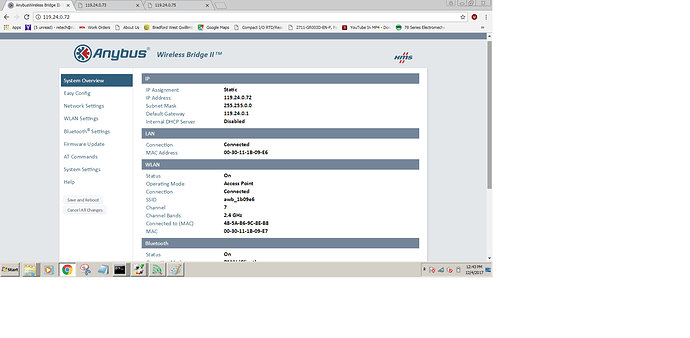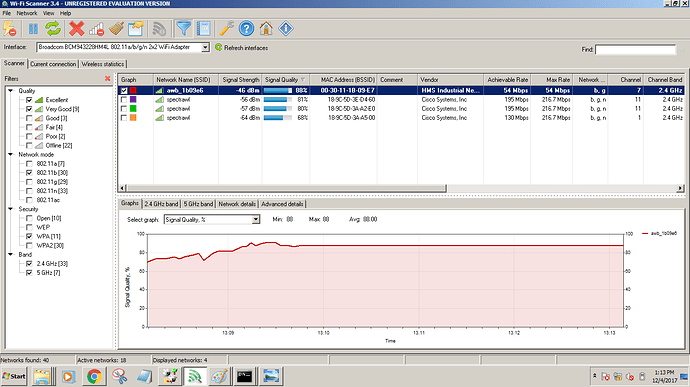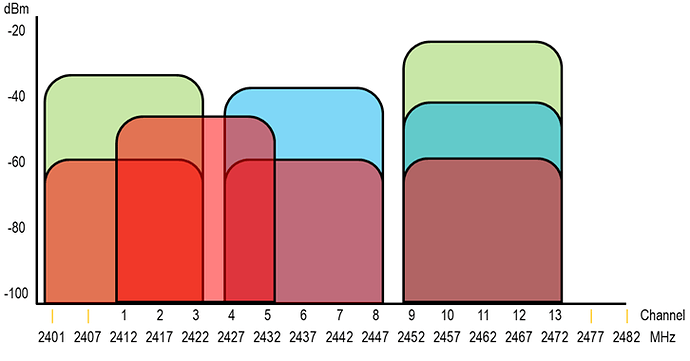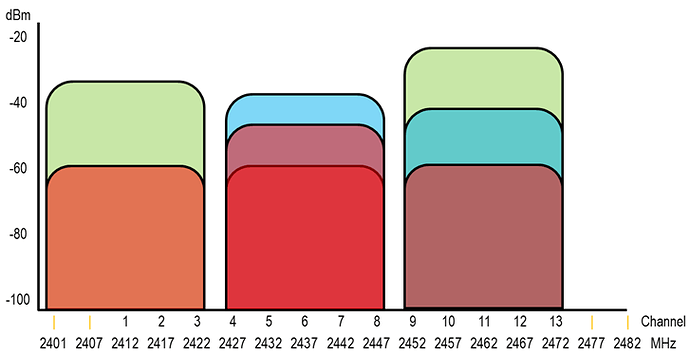Hi there
I’m having problem with communication dropping with the below units and configurations. Please provide your advice
- I’m using Anybus bridge II to communicate with 2 No Anybus Bolts. The Bridge is fixed and the 2 No Bolts are movable
- The coverage distance is for 90 meters (no curves - straight line) and the Bridge is installed in the middle distance at ~ 45 meters.
- The installation of the 3 units are on line
- The operating mode of the bridge for the “Easy Config Mode” is done on mode “5” “WLAN AP”
- The operating mode of bolts for the “Easy Config Mode” is done on mode “4” “Client”
- The configuration of bridge and bolts are on are on 2.4 GHz & 5 GHz for the Channel Bands
- The firmware version has been updated from 1.1.6 to 1.3.8 for the bridge and bolts
Please advice what can be done to have proper communication without dropoff
Regards
Amr






